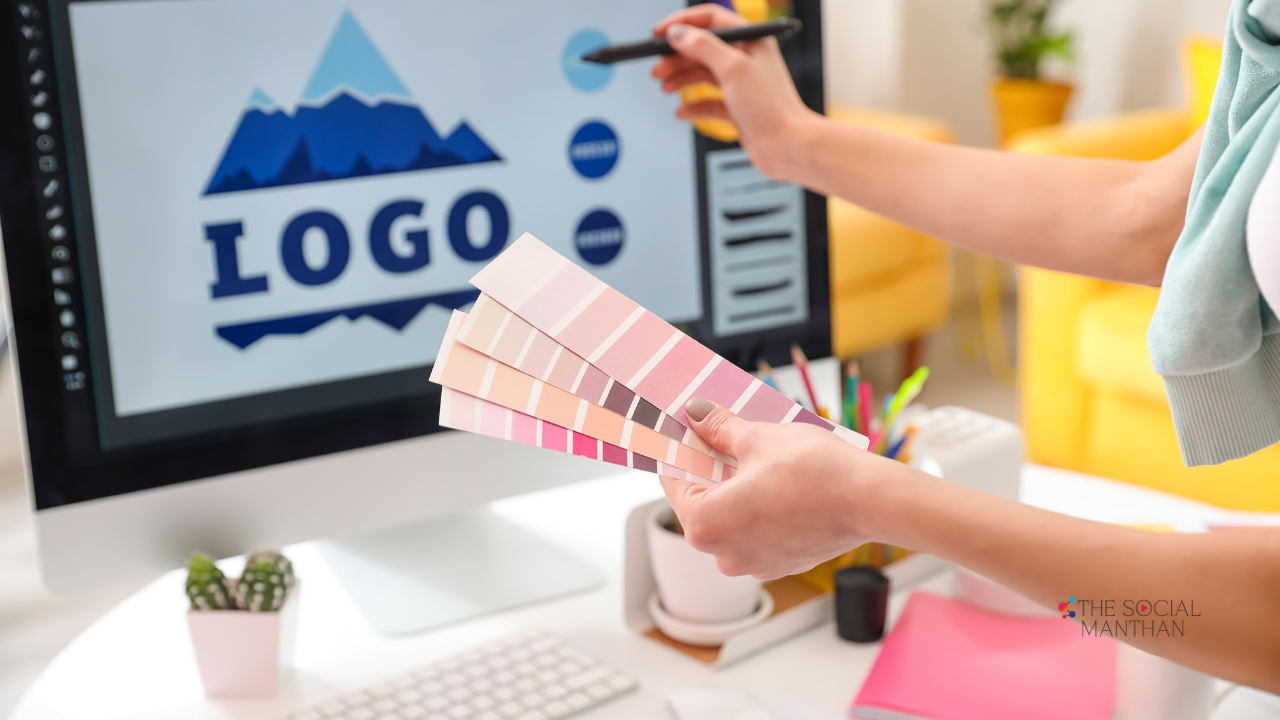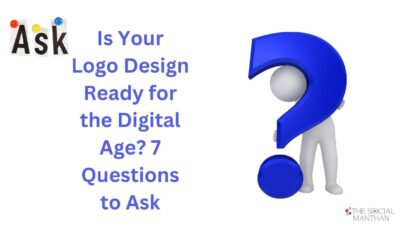Your logo is much more than just a visual symbol—it’s the cornerstone of your brand identity. It’s the first impression customers have of your business, and it plays a crucial role in how your brand is perceived in the market. A well-designed logo communicates your brand’s values, creates recognition, and builds trust. But how do you choose the right logo design that effectively represents your brand?
In this article, we’ll explore why your logo is so important and provide a step-by-step guide to choosing a logo design that lays a strong foundation for your brand identity.
Why Your Logo Matters
1. First Impressions Count
Your logo is often the first thing people notice about your business. Whether it’s on your website, social media profiles, business cards, or product packaging, your logo is everywhere. A well-designed logo captures attention and leaves a lasting impression.
Why It Matters:
- Instant Recognition: A distinctive logo helps people immediately recognize your brand among competitors.
- Brand Perception: The design, colors, and style of your logo convey important messages about your brand’s personality and values.
2. Builds Brand Identity
Your logo is a key component of your brand identity, which encompasses everything from your visual style to the tone of your messaging. A consistent, well-thought-out logo strengthens your brand identity and helps create a cohesive brand experience across all platforms.
Why It Matters:
- Consistency: A consistent logo across all touchpoints builds trust and makes your brand more memorable.
- Alignment with Brand Values: Your logo should reflect the core values of your brand, whether they are innovation, reliability, luxury, or sustainability.
3. Enhances Brand Loyalty
A strong logo fosters brand loyalty by providing a visual symbol that customers can connect with. As people become more familiar with your brand, your logo becomes a powerful tool for building and maintaining customer loyalty.
Why It Matters:
- Emotional Connection: A well-designed logo can evoke positive emotions, creating a deeper connection with your audience.
- Customer Trust: A professional logo design signals that your business is trustworthy and credible.
Steps to Choosing the Right Logo Design
1. Understand Your Brand
Before diving into the design process, it’s crucial to have a clear understanding of your brand’s identity. What are your brand’s core values? Who is your target audience? What makes your brand unique? Answering these questions will help guide the design process and ensure that your logo accurately represents your brand.
Steps to Take:
- Define Your Brand’s Personality: Is your brand modern, traditional, playful, or serious? Knowing this will influence your logo’s design elements.
- Identify Your Unique Selling Proposition (USP): What sets your brand apart from the competition? Your logo should reflect this uniqueness.
- Research Your Audience: Understand the preferences and expectations of your target audience to ensure your logo resonates with them.
2. Choose the Right Design Style
The design style of your logo should align with your brand’s personality and appeal to your target audience. There are several logo styles to choose from, including minimalist, vintage, modern, and playful designs. Each style communicates different messages, so choose one that best represents your brand.
Steps to Take:
- Explore Different Styles: Look at logos from other brands in your industry for inspiration and to identify what works well.
- Consider Longevity: Choose a design style that will remain relevant as trends change and your business evolves.
- Align with Brand Values: Ensure that the style you choose reflects the core values of your brand.
3. Focus on Color Psychology
Colors play a significant role in how your logo is perceived. Different colors evoke different emotions and can influence consumer behavior. Understanding color psychology will help you choose a color palette that aligns with your brand’s message and resonates with your audience.
Steps to Take:
- Research Color Meanings: For example, blue often represents trust and professionalism, while red can evoke excitement and energy.
- Limit Your Palette: A logo with too many colors can be overwhelming. Stick to a few key colors that complement each other.
- Consider Cultural Differences: If your brand operates internationally, be aware of how colors are perceived in different cultures.
4. Select the Right Font
Typography is another crucial element of logo design. The font you choose should complement your logo’s design style and reflect your brand’s personality. Whether you opt for a bold, modern typeface or a classic, elegant font, it’s important to ensure that your text is legible and aligns with your overall brand identity.
Steps to Take:
- Match Font to Style: Choose a font that matches the tone of your logo. For example, a sleek, sans-serif font may suit a modern tech company, while a script font might be better for a luxury brand.
- Prioritize Legibility: Your logo should be easy to read, even at smaller sizes. Avoid overly intricate fonts that could become illegible.
- Consider Font Pairing: If your logo includes more than one typeface, ensure they complement each other and don’t clash.
5. Test Your Logo Design
Once you have a logo design in mind, it’s essential to test it in various contexts to see how it performs. Your logo will appear in different sizes and formats, from business cards to billboards, so it’s important to ensure it looks great everywhere.
Steps to Take:
- Check Scalability: Ensure your logo looks good at all sizes, from tiny icons to large banners.
- Test in Different Backgrounds: Your logo should be versatile enough to work on both light and dark backgrounds.
- Get Feedback: Share your logo design with a small group of people, including team members and trusted customers, to gather feedback and make any necessary adjustments.
Conclusion
Choosing the right logo design is a critical step in establishing your brand identity. It’s more than just a symbol—it’s the visual representation of your brand’s values, personality, and promise. By understanding your brand, choosing the right design style, focusing on color psychology, selecting the appropriate font, and testing your design, you can create a logo that not only looks great but also resonates with your audience and stands the test of time.
Remember, your logo is the foundation of your brand identity. Take the time to get it right, and it will serve as a powerful tool for building brand recognition, loyalty, and success.







